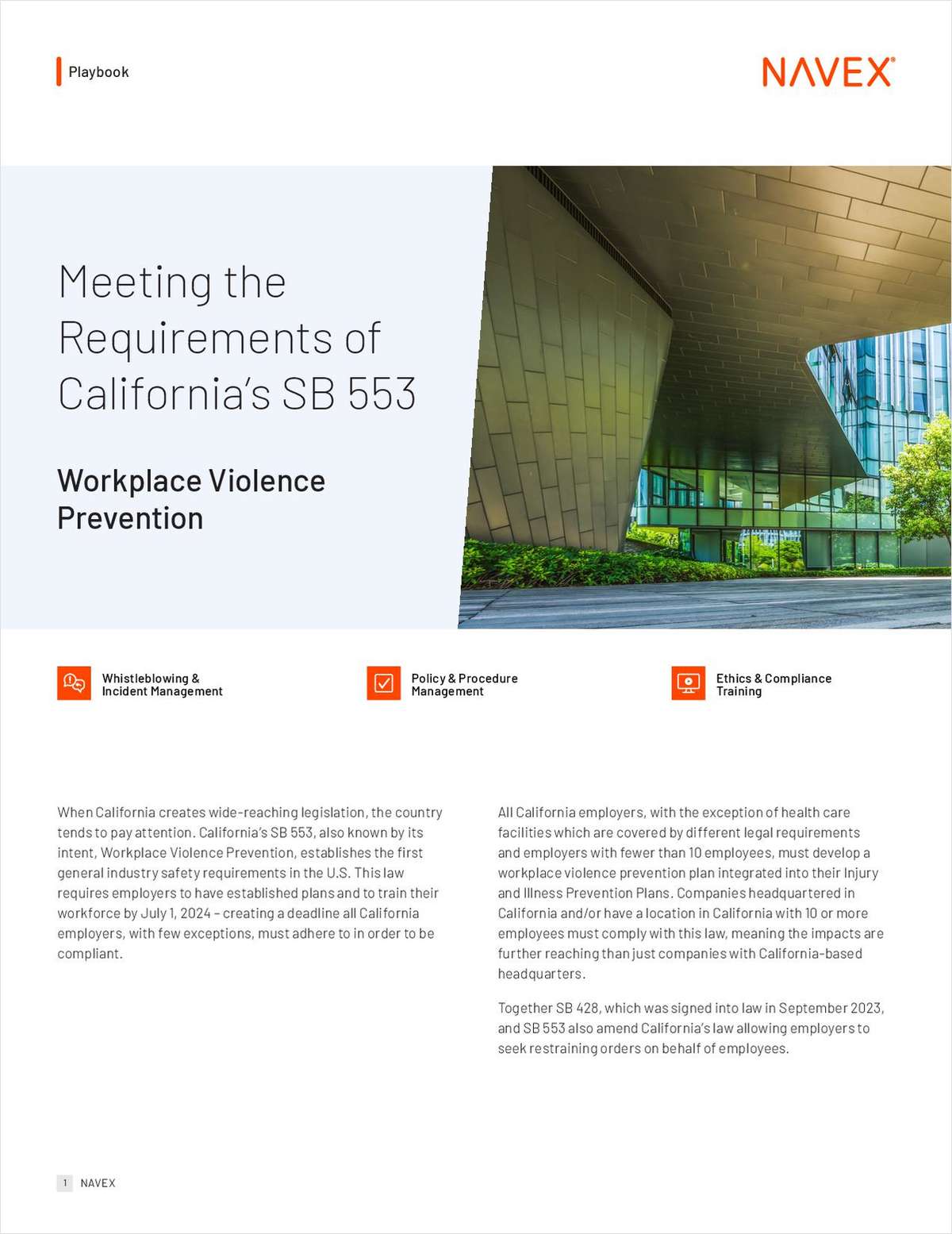 Photo Credit: Shutterstock.com
Photo Credit: Shutterstock.comYup, It's Great to Be a White Male Lawyer!
As if every day wasn't enough to remind you—it's still good to be a white guy.
September 07, 2018 at 03:03 PM
4 minute read
The original version of this story was published on The American Lawyer
There's no way to sugarcoat this, so let me be blunt: It sucks to be a female lawyer, but it really sucks to be a female lawyer of color. In almost every aspect—from hiring, assignments, pay, image to you-name-it—minority women face far greater obstacles than their Caucasian peers (male and female) or men of color.
That's the bleak finding of the just-released study by the American Bar Association's commission on women and the Minority Corporate Counsel Association.
It confirms that women of color get socked with a double whammy: Negative racial stereotypes plus sexism. What's more, the efforts instituted over the years to fix those problems have been largely useless.
Here's a snapshot of the cheery findings:
— Sixty-three percent of women of color report having to work harder (what the study calls the “prove-it-again” phenomenon) to get recognition and respect.
— Two-thirds of women of color (67 percent) report being held to higher standards than their colleagues. To a lesser degree, men of color and white women (58 percent and 52 percent, respectively) also feel that they are held to higher standards than white men.
— Almost 70 percent of women of color (compared to 60 percent of white women) say they were paid less than their colleagues with similar experience and seniority, while only 36 percent of white men report the same.
— Slightly more than half of women of color (53 percent) report that they had equal access to high-quality assignments compared to 81 percent of white men.
— Just over half of women of color (52 percent)—versus three-quarters of white men—believe that they have had fair opportunities for promotion.
And if all that is not discouraging enough, try this zinger: Women of color say they still get mistaken for administrative staff, court personnel and janitorial staff!
The intersection of race and gender binds the careers of women of color like no other group, said University of California, Hastings College of the Law professor Joan Williams, a prominent feminist, social scientist and legal scholar who worked on the report.
“What's important in the finding is that there's a narrower band of behavior that's expected of women and people of color, and women of color are disadvantaged the most,” Williams said. “They're expected to be worker bees who are supportive but not threatening.”
Curiously, there were a few areas in which white female lawyers actually fared worst than their minority sisters in the report. When it came to parental leave, more white women (57 percent) report negative repercussions, compared to 50 percent of women of color, 47 percent of men of color and 42 percent of white men.
Moreover, white women (59 percent) got stuck more often with office “housework” (i.e. administrative tasks) than women of color (43 percent). And, yes, men were far less likely to get saddled with such tasks (26 percent for white male lawyers and only 20 percent for male lawyers of color).
All in all, I'd say that it's still a jolly good time to be a white man in the legal profession!
But I don't want to end all of this on a completely down note. So in my next post, I'll look at the second part of the report that offers solutions to these problems.
In the meantime, go ahead, pour yourself another drink.
RELATED STORIES:
This content has been archived. It is available through our partners, LexisNexis® and Bloomberg Law.
To view this content, please continue to their sites.
Not a Lexis Subscriber?
Subscribe Now
Not a Bloomberg Law Subscriber?
Subscribe Now
NOT FOR REPRINT
© 2024 ALM Global, LLC, All Rights Reserved. Request academic re-use from www.copyright.com. All other uses, submit a request to [email protected]. For more information visit Asset & Logo Licensing.
You Might Like
View All
The Game of Trump: Jones Day Outplays Kirkland & Ellis
Trending Stories
- 1The Law Firm Disrupted: Playing the Talent Game to Win
- 2A&O Shearman Adopts 3-Level Lockstep Pay Model Amid Shift to All-Equity Partnership
- 3Preparing Your Law Firm for 2025: Smart Ways to Embrace AI & Other Technologies
- 4BD Settles Thousands of Bard Hernia Mesh Lawsuits
- 5A RICO Surge Is Underway: Here's How the Allstate Push Might Play Out
Featured Firms
Law Offices of Gary Martin Hays & Associates, P.C.
(470) 294-1674
Law Offices of Mark E. Salomone
(857) 444-6468
Smith & Hassler
(713) 739-1250











